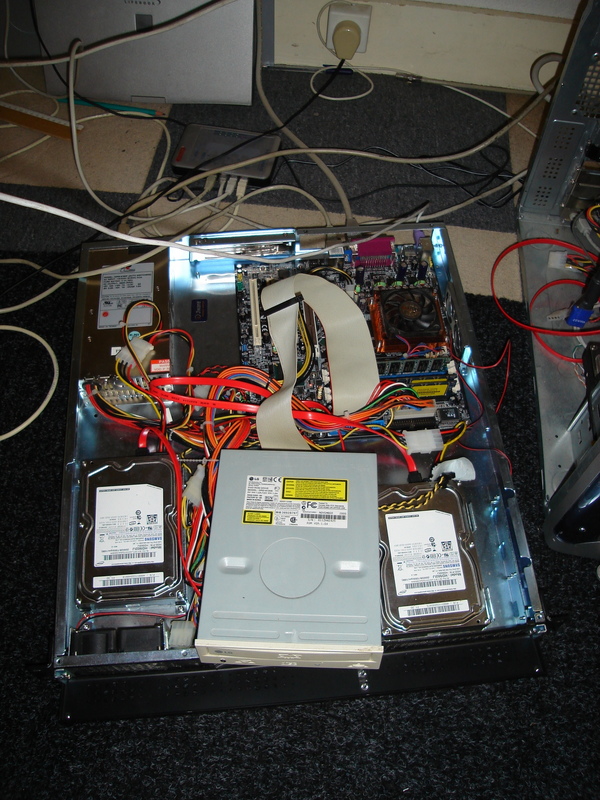Weer eens Woon-Werk-Woon
Tuesday, June 17th, 2008Zo, vandaag voor het eerst in 2 weken weer woon-werk gefietst. Heerlijke route door mooi landelijk gebied in het begin vanaf Utrecht tot Amstelveen, en vanaf daar een snelle rechte Schipholweg naar Haarlem. Genieten van het mooie weer en de mooie omgeving.
In de twee weken blijkt de route tussen Breukelen en Wilnis ondertussen opnieuw geasfalteerd te zijn en de rare scherpe drempels zijn verwijderd. Een flinke verbetering. Ook is hier en daar de berm gemaaid wat vooral de bochtige landelijke weggetjes een stuk prettiger maakt omdat je nu veel meer overzicht hebt en tegenliggers op tijd aan ziet komen.
Al kon ik nog redelijk doorrijden (gemiddeld 33,5 op teller, +6% tellerafwijking -> 35,5km/h) ik merk wel dat ik lange tijd niet fatsoenlijk gefietst heb, door drukte en ziekte. Ik vraag me af wat dat gaat worden met Cyclevision komend weekend…
Toen ik samen met Hans, Hans, Ellen en David afgelopen zondag de baan in Sloten heb verkend, lijken de hobbels op de buitenbaan helaas erger te zijn geworden vergeleken met vorig jaar. Ik wou na het werk nog even op bezoek bij Sloten om zelf een rondje met de Quest te rijden, maar ik heb het aan het eind van de dag redelijk gehad, en Bob Vroegh belde me op dat hij van IJmuiden naar z’n kersverse nieuwe onderkomen in Renkum ging fietsen, dus de keuze was snel gemaakt om gezellig met z’n 2en direct door naar Utrecht te rijden.
Vandaag: 122km
Route: google maps KML GPX
